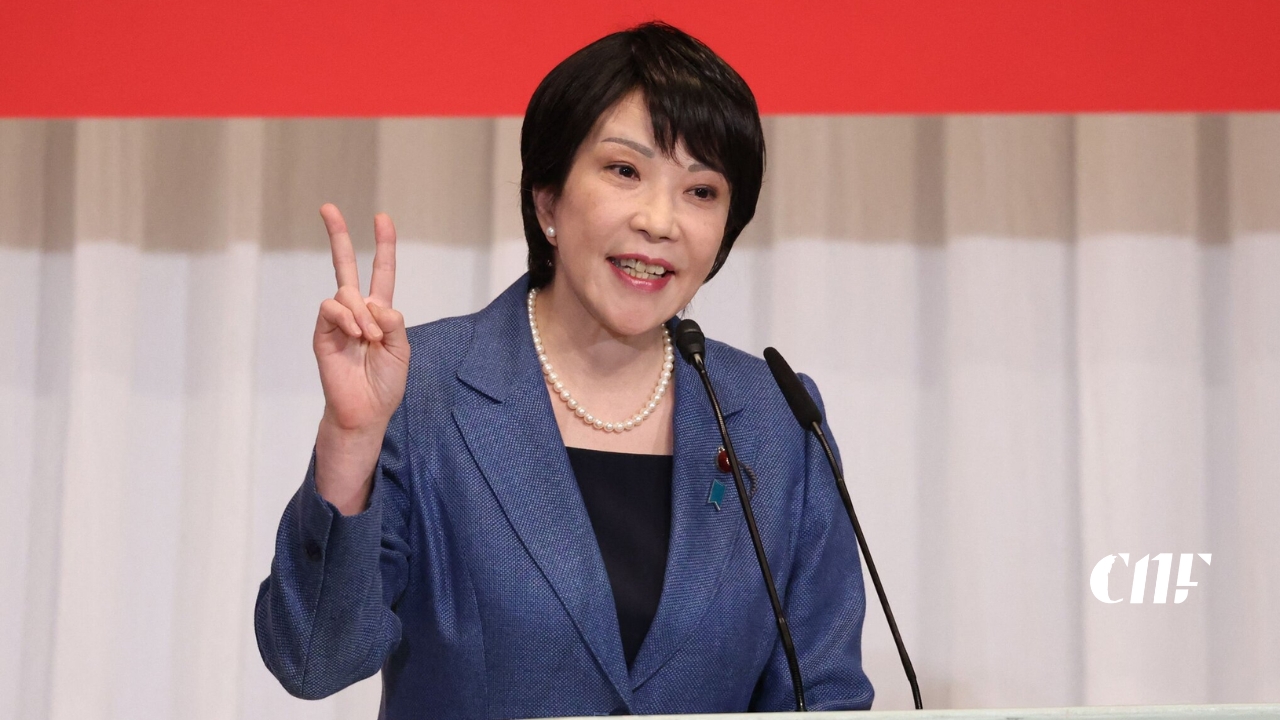Tokyo, Japan — Sanae Takaichi has made history by becoming Japan’s first female prime minister after winning a clear parliamentary majority on Monday. The 64-year-old secured 237 votes in the Lower House and 125 in the Upper House, following her election as leader of the ruling Liberal Democratic Party (LDP).
A staunch conservative and admirer of former British leader Margaret Thatcher, Takaichi takes office at a turbulent time for the world’s fourth-largest economy. Japan faces mounting cost-of-living pressures, public frustration with political scandals, and an increasingly uncertain global landscape.
Her rise came after a dramatic turnaround. Despite losing the support of the LDP’s long-time coalition partner Komeito, Takaichi clinched power through a last-minute deal with the right-leaning Japan Innovation Party (Ishin). The agreement ensured parliamentary backing and secured her position until the next general election in 2028.
Takaichi succeeds former Prime Minister Shigeru Ishiba, who resigned following the LDP’s major midterm losses. Her government now faces the task of rebuilding public trust after years of falling approval ratings and financial scandals that eroded the party’s dominance.
Known for her nationalist and conservative stances, Takaichi opposes same-sex marriage and resists efforts to allow women to retain their maiden surnames after marriage. These positions have drawn criticism from younger generations who question whether her leadership will advance women’s rights.
“Everyone’s like, ‘Wow, she’s the first female prime minister and that’s great for women’s empowerment,’” said Ayda Ogura, a 21-year-old student. “But if you look at her policies, they’re very traditional. She’s not changing the system — she’s reinforcing it.”
During her campaign, Takaichi pledged to improve women’s healthcare and support services for household workers. However, her immediate priority will be tackling rising prices, including record-high rice costs amid a domestic shortage, and addressing Japan’s ballooning national debt.
Internationally, Takaichi faces delicate diplomatic challenges. Relations with South Korea remain tense due to her right-wing views, and she is regarded as hawkish on China — echoing her late mentor, former Prime Minister Shinzo Abe.
Her first major foreign policy test will come next week when she meets U.S. President Donald Trump. Despite a recent tariff deal, Trump’s skepticism about the U.S.-Japan security alliance and demands for higher Japanese defense contributions are likely to test her leadership early on.
Markets responded cautiously to her election, with some investors expressing optimism that a steady hand could bring policy stability. Reports suggest Takaichi may appoint Satsuki Katayama as finance minister — a historic move that would make her the first woman in that position.
As she steps into office, Takaichi faces the dual challenge of reviving Japan’s economy and rebuilding confidence in a party that has dominated Japanese politics for decades but now faces growing public disillusionment.







